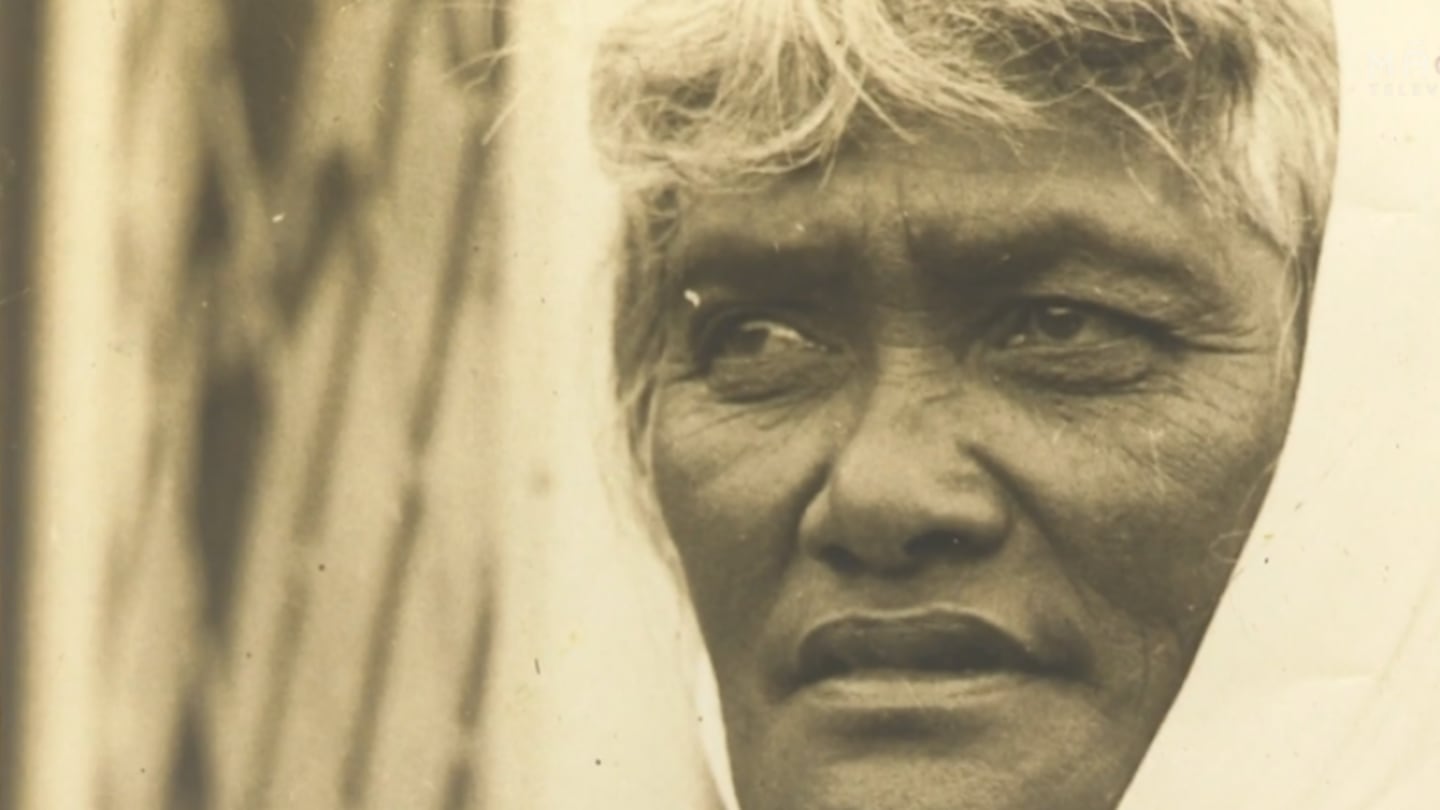Waikato-Tainui is marking 100 years since the establishment of Tūrangawaewae marae at Ngāruawāhia by tribal leader, Te Puea Herangi.
Many of the tribe's people were still living in abject poverty in the 1920s following confiscation after the NZ wars, the First World War and the flu epidemic of 1918.
In August 1921, Te Puea Herangi and 170 followers from Mangatawhiri boarded river barges and were towed over two days to a 10-acre block upriver at Ngāruawāhia that she'd bought a year earlier.
Te Puea told her people they would "build a marae there that ... one day, people will visit from all over the world."
They spent 10-years developing the scrub-covered land, fundraising around the country and battling Pākehā - who tried to have them expelled - to create Tūrangawaewae marae as a centre for the Kīngitanga.
Thousands attended the hui to open the wharenui Mahinārangi in March 1929.
By the mid-1930s the Tūrangawaewae community was well established and Tūrongo was opened in 1938. Te Puea also bought a farm near the marae to provide income.
Today Tūrangawaewae marae is one of the most significant marae in the country and has strengthened Kīngitanga networks with other iwi.

